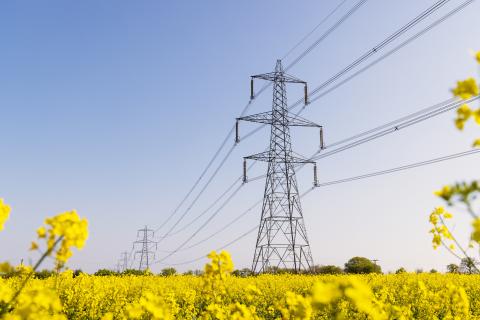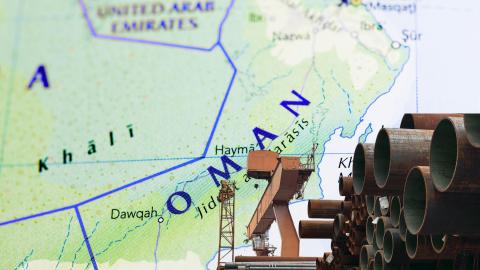IEEFA U.S.: Fracking companies in Appalachia struggle financially
July 17, 2019 (IEEFA) ̶ Differences among leaders at EQT, the nation’s largest independent producer of natural gas, highlight the dilemma faced by those looking to drill, drill, drill versus those seeking to rely on traditional supply-and-demand strategies.
Neither approach offers much promise, according to a briefing note released today by the Institute for Energy Economics and Financial Analysis.
The battle between two Appalachian shale producers, Rice Energy and its acquirer EQT, reached fever pitch last week. Toby and Derek Rice were able to persuade shareholders, led by ISS, the largest shareholder advisory service, that they could steer the company more effectively than current management.
After bleeding almost $8 billion in red ink since 2010, a new round of leadership for EQT was in order. But the Rices’ ambitious plan to both lower production costs while simultaneously launching new, unproven, expensive technology, is cause for concern. Rice acknowledged it will be “pricey” and “costs money…We’re literally fracking with jet engines. This is like a Ferrari race car.”
EQT’s new management strategy calls for more—but cheaper—drilling, though it’s unclear if that expensive new technology will deliver on the cheaper promise.
But others see it differently.
EQT’s former CEO, Steve Schlotterbeck, for one. He recently described the natural gas fracking industry as “an unmitigated disaster for any buy and hold investor.” Schlotterbeck suggested the industry was “self-destructing from the success of the shale gas technologies,” and should change direction.
“They continue to believe that volume growth is necessary for them to be successful, although we now have several years of data that demonstrates the opposite,” he noted.
On the face of it, neither of these strategies seem viable.
“The Rice plan is betting on better technologies and lower production costs. A leaner cost structure will, in theory, allow EQT to ride out the current low gas prices,” said IEEFA financial analyst Kathy Hipple who co-wrote the briefing note. “But there’s little evidence they’ll succeed.”
But even if natural gas producers coordinate more with each other and reduce supply—Schlotterbeck’s expectation that natural gas prices would inevitably rise is questionable.
Several factors will likely dampen increases in gas prices, even if production is more limited:
- Increasing competition from renewables in power generation
- Pipeline cancellations
- Petrochemical sector constrictions if supplies are restricted and prices rise
- Conflicting visions of economic development pitting one that prioritizes environmental against one that claims to promise economic and financial benefits.
“Investors are rightly worried,” said IEEFA director of finance Tom Sanzillo. “The business model for fracking remains unproven, whether the old boss or the new boss is in charge.”
Authors
Kathy Hipple ([email protected]) is an IEEFA financial analyst.
Tom Sanzillo ([email protected]) is IEEFA’s director of finance.
Briefing Note: Risks to Fracking Companies in Appalachia Mount
Media contact
Vivienne Heston ([email protected]) +1 (914) 439-8921
About IEEFA
The Institute for Energy Economics and Financial Analysis conducts research and analyses on financial and economic issues related to energy and the environment. The Institute’s mission is to accelerate the transition to a diverse, sustainable and profitable energy economy. www.ieefa.org













